
Performance Analysis
The cooling performance of low noise cases is rarely outstanding and this holds true for the Eclipse P400S. The CPU side of things is the most disappointing, as it only manages a delta T of 59°C at full speed. Things don't get any better as you lower the fan speed – at the medium setting we hit 64°C, which was warmer than the Be Quiet! Silent Base 600 at minimum speed, while at the P400S's lowest speed the CPU crept to a delta T of 70°C. This means an actual core temperature of around 90°C; still safely within limits but likely warmer than many will feel comfortable with. It's worth noting that while the Silent Base 600 has a single 120mm exhaust like the P400S, it also has some roof ventilation. As such, if you're worried about CPU temperatures you could always remove one of the roof covers – even without a fan installed it should provide some benefit. That, or you could just opt for the standard, more ventilated P400.Things look a bit better in the GPU graph, thankfully. The P400S gets a GPU delta T of 50°C at full speed, which is only 3°C warmer than the best result and an open test bench. At medium speed, the case falls to the lower ranks with 54°C, and this increases to 57°C, the warmest result so far, on the lowest speed setting.
In terms of noise, the case does an okay job of containing it, with the relative lack of ventilation, solid front panel, roof covers and noise deadening material all doing their bit. Noise from the case fans is only likely to be an issue at full speed, but even then it's not especially loud. At lower speeds, they're virtually silent, but remember that unless you're using fixed fan speeds the fans on your CPU and GPU coolers may spin up louder to make up for the airflow deficit. The medium speed is likely to be the best compromise, but having the 3-step fan controller will allow you to have a play and find what works for you.
Conclusion
With the P400 and P400S, Phanteks was looking to make a case suitable for a straightforward gaming system built with air or all-in-one liquid cooling while still being easy to work with and good value. By and large, we'd say it's succeeded.For as little as £53, you'll get a case with decent aesthetics, solid build quality thanks to an all-metal exterior and a window that gives you a view of a very tidy interior courtesy of the PSU cover and excellent cable management – we would not usually expect rubber grommets or Velcro cable ties at this price, let alone both. Every component is very easy to install and you even get a three-speed fan controller and multi-coloured LED lighting. With plenty of clearance for PSUs, GPUs and CPU coolers as well as room for up to four more fans, 360mm radiators and up to four more HDDs (via the optional trays), the P400 and P400S are also very flexible.
The only real concern is the cooling, but honestly, the P400S still has what it takes to cool a modern system. It seems to fare better for GPU cooling too, which is good news for gamers. The fan controller means you can easily whack things up to full speed for long sessions, while medium and low speed will be fine when the system is idle – a large number of third party cards now switch off their fans completely when idle anyway. If your workload is CPU-intensive and you intend to do some overclocking too, then maybe look elsewhere, but otherwise, the P400's cooling abilities shouldn't worry you, especially considering its price.
All in all then, this is another solid effort from Phanteks, and the P400/P400S is a worthy competitor to the NZXT S340. This chassis is the bigger of the two, but it also has a more spacious and more flexible interior. It also gives you even more bang for your buck when you consider the feature sets. If you had your heart set on a sub-£50 case, this chassis makes a very strong argument for spending just a little more. All this means the P400S is well deserving of our Recommended award.


MSI MPG Velox 100R Chassis Review
October 14 2021 | 15:04

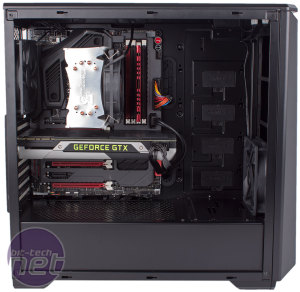
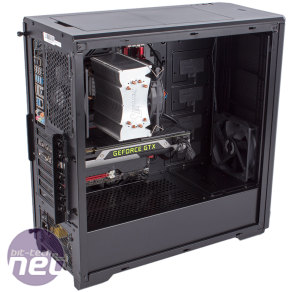
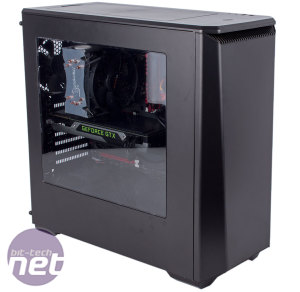
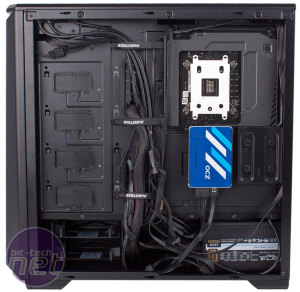
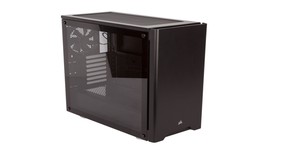
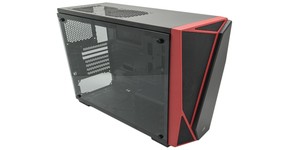
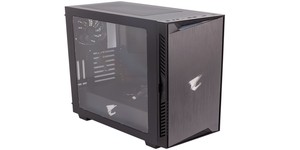




Want to comment? Please log in.